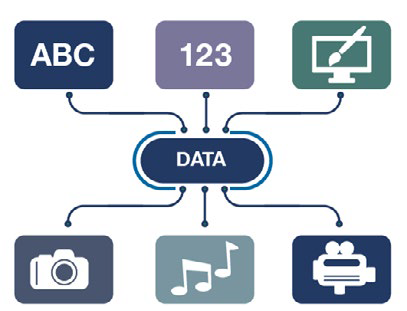Introduction
Background
In June 2017, the Department of National Defence and Canadian Armed Forces (DND/CAF) released its new defence policy Strong, Secure, Engaged (SSE). It acknowledges that much of Canada’s tactical advantage is due to “agile information management and technology tools to aggregate and manipulate large quantities of data”, and that the future of defence will place a “greater emphasis on information technologies, data analytics, deep learning, autonomous systems, advancements in the electromagnetic and cyber domains”. SSE outlines a number of priority areas and initiatives, including several that have dependencies on the availability of quality data, such as modernizing the business of defence, and prioritizing joint intelligence, surveillance and reconnaissance.
In July 2017, the CDS/DM Joint Directive to Develop and Operationalize a Defence Program Analytics Capability was released, with the objectives of creating an analytics capability, driving digital transformation, and establishing data management as a core capability. The directive also created the position of a Chief Data Officer (CDO) for DND/ CAF, and in July 2018 the ADM of Data, Innovation, Analytics (ADM (DIA)) was officially stood up. ADM (DIA) has a mandate to foster a data-driven culture within DND/CAF, provide guidance and direction on the acceptable use of data, encourage the use of analytics in decision-making and continuous improvement, and support initiatives to standardize data and create value from data.
These DND/CAF initiatives align with Government of Canada (GC) direction, which has begun to embrace the potential of data held within its departments. In November 2018 the Report to the Clerk of the Privy Council: A Data Strategy Roadmap for the Public Service was published, with a long-term vision of increasing data literacy, managing data as an asset, creating a data-driven culture, and governing data. An umbrella Digital Government policy has been released with a focus on improving service delivery to citizens through digital transformation. Other policies are being reviewed and updated to reflect the change to digital.
“I need end-to-end digital now. I can’t wait 10 years to get it.”
-Interview with CAF General/Flag Officer
Why do we need a Data Strategy?
This data strategy will:
- Provide direction and guidance to DND/CAF as it adopts data driven-approaches to decision-making and delivering the business of defence
- Contribute to the delivery of the goals and priorities identified in SSE
- Enable a transition to digital approaches, aligned with new GC direction and policy
- Identify data gaps and the means to address those gaps and
- Identify the structures, practices, and culture change required to become a data-driven organization
Scope
The scope of DND/CAF Data Strategy includes all data held in any repository in any format, and at any point in the data lifecycle. This includes data created, collected, and/or used both in military operations and exercises, and in corporate administrative processes (e.g. HR, finance).
While related, Information management (IM) is covered in the Chief Information Officer’s (CIO) Defence Information Strategy and is not included in the scope of this document.
What is data?
The following definition, based on the global industry standard Data Management Association (DAMA) Data Management Body of Knowledge (DMBOK), will be used:
Data is the representation of facts as text, numbers, graphics, images, sound, or video.

Figure 1: Graph breakdown
This figure illustrates data as the representation of facts in the form of text, numbers, graphics, images, sound, or video.
Examples of data within DND/CAF include, amongst others, HR data (e.g. occupations, positions), financial data (e.g. costs, forecasts), materiel procurement and maintenance data (e.g. cycle time, stock outs), engineering data (e.g. road capacity, bridge classification), intelligence data (e.g. satellite images, voice prints), medical data (e.g. X-rays, prescriptions), and operations data (e.g. radar images, troop movement). Data is collected and used across all of DND/CAF in a wide variety of processes, and is stored in a large number of repositories.
“Data management should become part of the fabric of DND/CAF – it should be seen as basic work, not as extra work”
-Interview with CAF General/Flag Officer
At every point in its lifecycle from creation to destruction and through every use or manipulation, data has to be properly managed. Data Management is the development, execution, and supervision of plans, policies, programs, and practices that deliver, control, protect, and enhance the value of data assets, and it is critical to managing data throughout its lifecycle. The DAMA DMBOK includes 11 knowledge areas for data management: data architecture; data modeling; data storage and operations; data security; data integration and interoperability; document and content management; reference and master data management; data warehousing and business intelligence; metadata management; data quality; and data governance. These are explained in greater detail in ANNEX A.